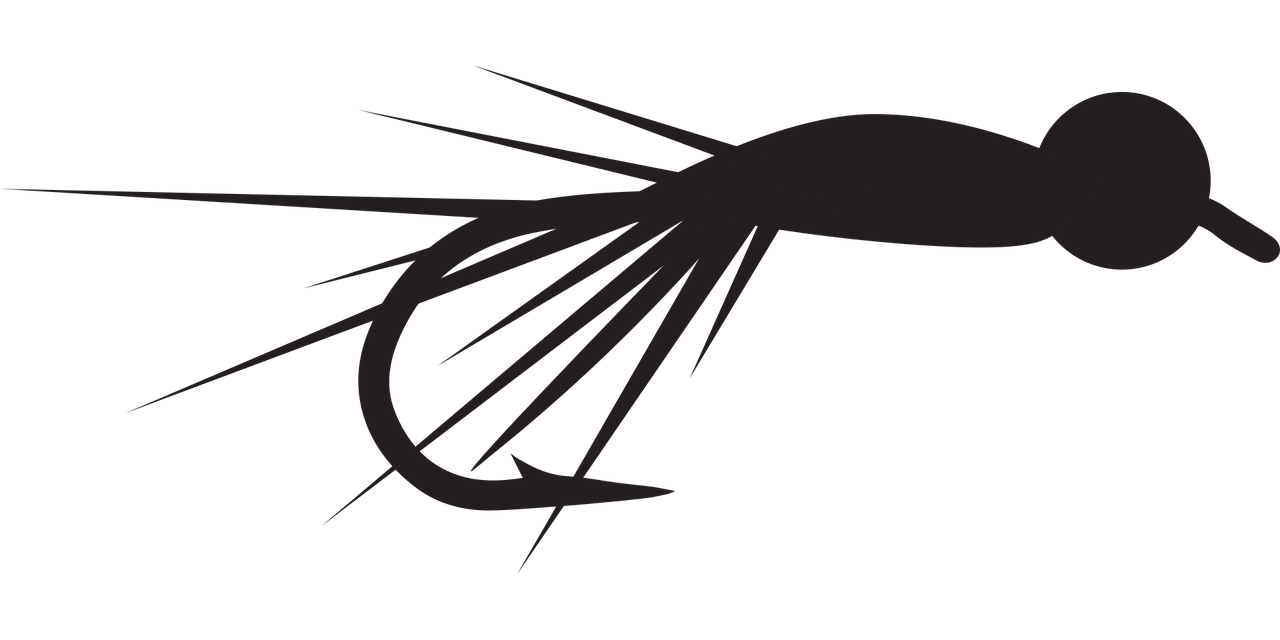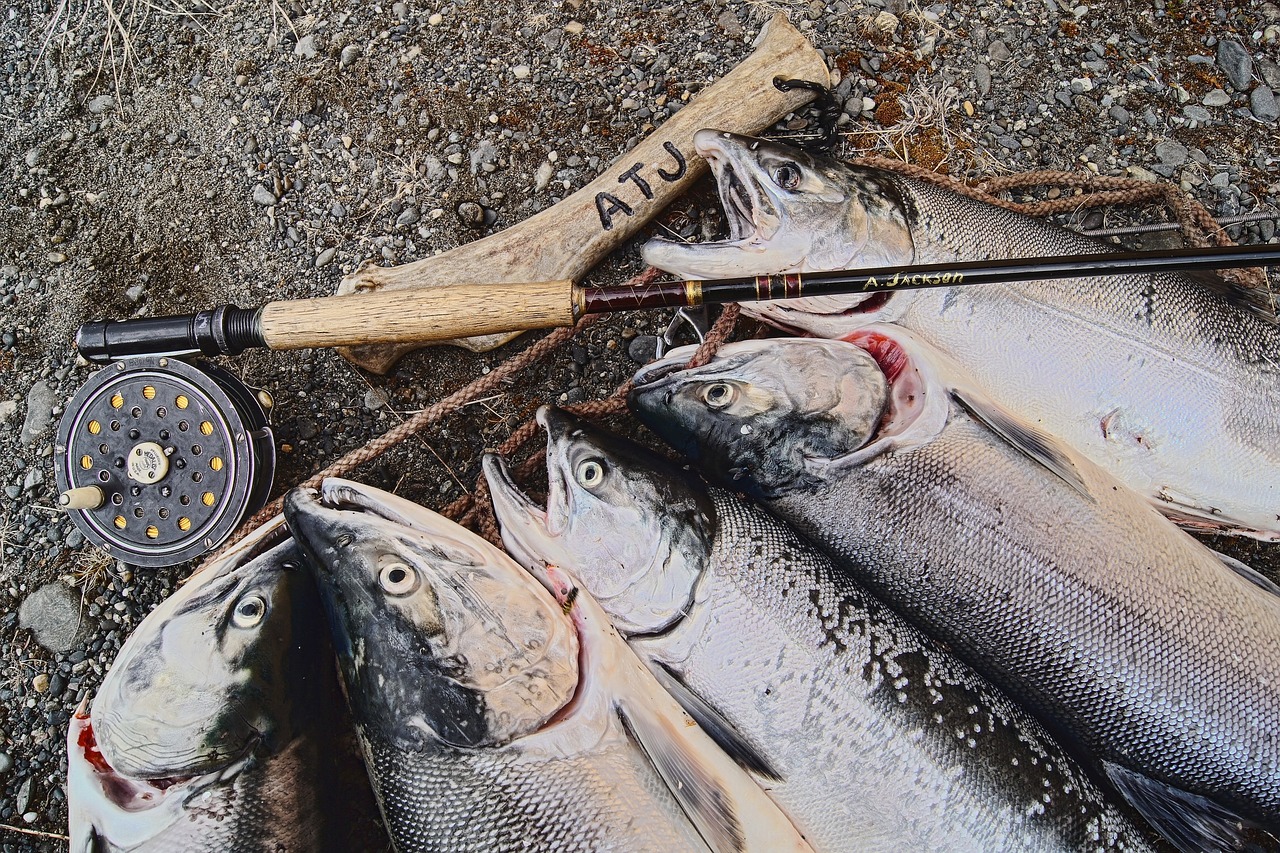
What Is A Pool In Fly Fishing?
Have you ever heard the term “pool” when talking about fly fishing and wondered what it meant? Let’s dive into the world of fly fishing and explore what pools are and how they can enhance your fishing experience.

Understanding Pools in Fly Fishing
Pools are calm, deep sections of a river or stream where fish tend to gather. These areas provide refuge for fish from strong currents and predators, making them ideal spots for fly fishing. Pools can vary in size and depth, but they all share the common characteristic of being a haven for fish.
Characteristics of Pools
Pools can be identified by certain physical features, such as a slower current, deeper water, and a larger concentration of fish. These areas are often located in bends of a river or where the flow of water changes direction, creating a calm and sheltered environment for fish to rest and feed.
Benefits of Fishing in Pools
Fishing in pools can offer several advantages to fly anglers. The calm waters of pools make it easier to cast your line accurately and present your fly to fish in a natural and enticing manner. Additionally, the higher concentration of fish in pools increases your chances of hooking a catch.
Improved Casting Opportunities
The slower current and deeper water in pools allow for better control of your fly line and a more precise presentation of your fly. This can result in more successful casts and ultimately more fish caught during your fly fishing excursion.
Higher Success Rate
Due to the larger concentration of fish in pools, anglers are more likely to have success in hooking a catch. Fish in pools are actively feeding and resting, making them more responsive to your fly presentation. This can lead to a more enjoyable and rewarding fishing experience.

Techniques for Fishing Pools
To effectively fish in pools, anglers should utilize specific techniques tailored to these calm and deep areas. Understanding how to approach pools and present your fly can greatly improve your chances of landing a fish.
Drift Fishing
Drift fishing involves casting your line upstream and allowing it to drift naturally downstream towards the fish. This technique mimics the natural flow of food in the water, making it an effective way to entice fish in pools to strike.
| Pros | Cons |
|---|---|
| Mimics natural food movement | Requires practice and skill |
| Good for presenting flies | Weather conditions can impact drift |
| Effective in pools | Can be challenging in fast-moving water |
Nymphing
Nymphing is a popular technique for fishing pools, as it involves using an imitation nymph as bait to attract feeding fish. By presenting your nymph close to the bottom of the pool where fish are likely to be feeding, you increase your chances of enticing a strike.
| Pros | Cons |
|---|---|
| Effective in pools | Requires knowledge of fish behavior |
| Attracts feeding fish | Can be tricky for beginners |
| Mimics natural food source | Requires proper equipment |
Dry Fly Fishing
Dry fly fishing is another effective technique for fishing in pools, especially when fish are rising to the surface to feed. By presenting a dry fly on the water’s surface and imitating the natural movements of insects, you can attract fish in pools to strike.
| Pros | Cons |
|---|---|
| Mimics surface insect activity | Fish may not always be feeding on the surface |
| Visual and exciting | Requires precise casting |
| Suitable for pool fishing | Weather conditions can impact visibility |

Best Practices for Fishing Pools
When fishing in pools, there are certain best practices that anglers should follow to maximize their success and ensure the well-being of the fish population. By adopting these practices, you can become a more responsible and effective fly angler.
Practice Catch and Release
Catch and release is a sustainable fishing practice that involves releasing fish back into the water after catching them. This helps preserve fish populations and promote the overall health of the ecosystem. When fishing in pools, consider practicing catch and release to contribute to conservation efforts.
Respect Wildlife and Habitat
When fishing in pools, it’s important to respect the wildlife and habitat that surround you. Avoid disturbing nesting birds, trampling vegetation, or littering in the water. By being mindful of your impact on the environment, you can help preserve the natural beauty of the area for future generations.
Use Proper Handling Techniques
Proper handling of fish is essential when practicing catch and release in pools. Avoid handling fish with dry hands, as this can remove their protective slime layer and make them more susceptible to illness. Instead, wet your hands before handling fish and support their body properly to prevent injury.
Learn and Adhere to Regulations
Before fishing in pools, familiarize yourself with local fishing regulations and restrictions. This can include catch limits, size restrictions, and designated fishing areas. By following these regulations, you can help protect fish populations and ensure a sustainable fishing experience for yourself and others.

Final Thoughts
Pools play a crucial role in the world of fly fishing, providing anglers with prime opportunities to hook a catch in calm and sheltered waters. By understanding the characteristics of pools, employing effective fishing techniques, and practicing responsible angling practices, you can enhance your fly fishing experience and contribute to the conservation of fish populations. So next time you’re out on the water, be sure to seek out pools and make the most of these productive fishing spots. Happy fishing!